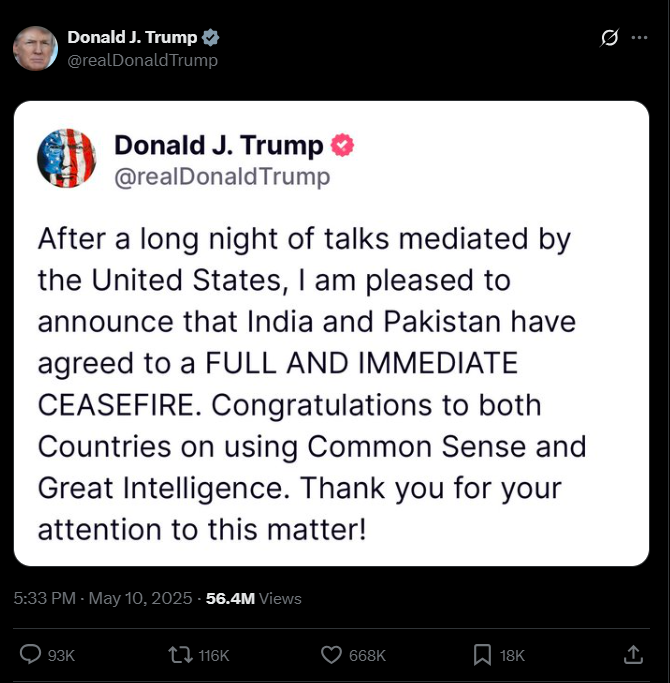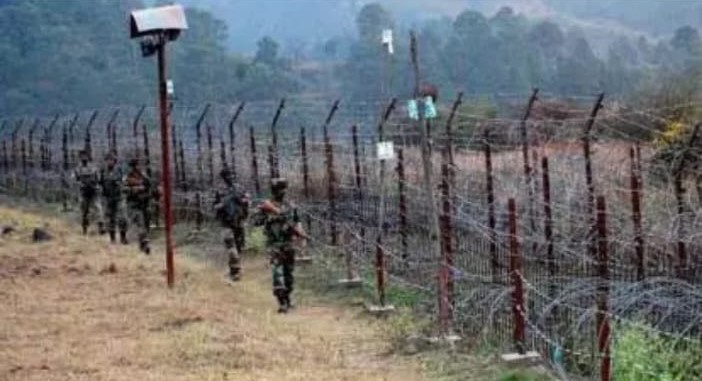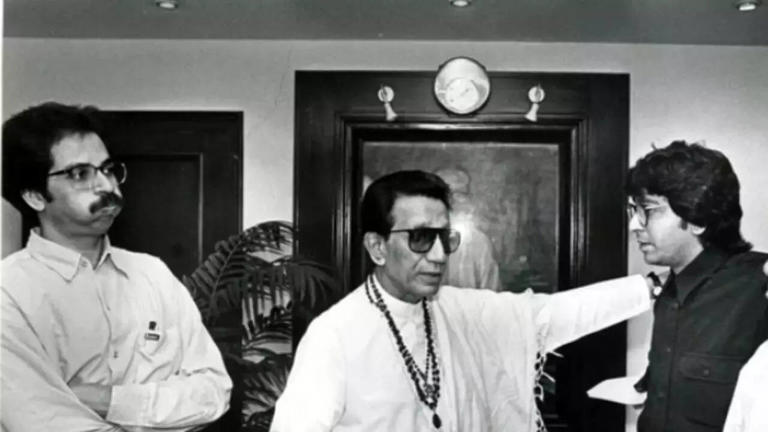Why Pakistan Broke the Ceasefire Hours After U.S.-Mediated Talks
On May 10, 2025, a U.S.-mediated ceasefire between India and Pakistan was announced, aiming to halt weeks of escalating conflict. However, within hours, Pakistan violated the agreement, leading to renewed tensions.
U.S. President Donald Trump shared a significant diplomatic achievement on Truth Social. He wrote, “After a long night of talks mediated by the United States, I am pleased to announce that India and Pakistan have agreed to a FULL AND IMMEDIATE CEASEFIRE. Congratulations to both Countries on using Common Sense and Great Intelligence. Thank you for your attention to this matter!”

India’s Foreign Secretary Vikram Misri confirmed the ceasefire took effect at 5 p.m. IST, with both nations agreeing to stop all military actions on land, air, and sea. The announcement followed weeks of violence sparked by the Pahalgam terror attack on April 22, which killed 26 people, and India’s retaliatory Operation Sindoor on May 7, targeting terror camps in Pakistan.
BREAKING NEWS 🚨 MEA confirms CEASEFIRE violation.
— Times Algebra (@TimesAlgebraIND) May 10, 2025
MEA said "The Indian Army is retaliating and dealing with this border intrusion." pic.twitter.com/vrA7vrOxJa
Pakistan’s Immediate Ceasefire Violation
Despite the agreement, Pakistan violated the ceasefire within hours on May 10, 2025. Reports confirmed shelling along the Line of Control (LoC) in parts of Jammu and Kashmir, with explosions heard across Srinagar. Jammu and Kashmir Chief Minister Omar Abdullah expressed frustration on X, stating, “What the hell just happened to the ceasefire? Explosions heard across Srinagar.”
What the hell just happened to the ceasefire? Explosions heard across Srinagar!!!
— Omar Abdullah (@OmarAbdullah) May 10, 2025
India’s Ministry of External Affairs (MEA) confirmed the violation, with Foreign Secretary Vikram Misri noting, “Pakistan is not honoring the understanding we reached today. Our Armed Forces are taking appropriate steps.” The Indian Army retaliated, addressing what the MEA called a “border intrusion,” highlighting the fragility of the truce.
Why the Ceasefire Broke Down
The ceasefire’s failure stems from internal conflicts within Pakistan. Pakistan Army Chief Asim Munir reportedly opposed the truce, with sources labeling him a “radical” who rejected the government’s decision to cease hostilities. This suggests a deep divide between Pakistan’s military and civilian leadership, undermining peace efforts. India, meanwhile, has maintained a firm stance against terrorism, with External Affairs Minister S. Jaishankar warning of strong responses to provocations. The tensions trace back to the Pahalgam attack and India’s Operation Sindoor, which killed several terrorists, prompting Pakistan’s retaliatory strikes. The Kashmir dispute, a long-standing issue, continues to fuel mistrust, making ceasefire agreements difficult to sustain.
What This Means for India-Pakistan Relations
Pakistan’s violation of the ceasefire has derailed hopes for de-escalation, despite mediation efforts by the U.S. and G7 nations. India’s swift retaliation signals its readiness to counter aggression, while Pakistan’s internal discord raises doubts about its commitment to peace. The situation remains tense, with the risk of further escalation if dialogue fails to resume. International actors, including the U.S., may need to step up mediation to prevent a larger conflict, given the nuclear capabilities of both nations. The ceasefire’s collapse underscores the deep-rooted challenges in achieving lasting peace in the region.





















